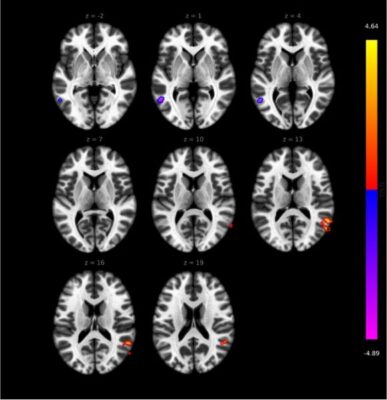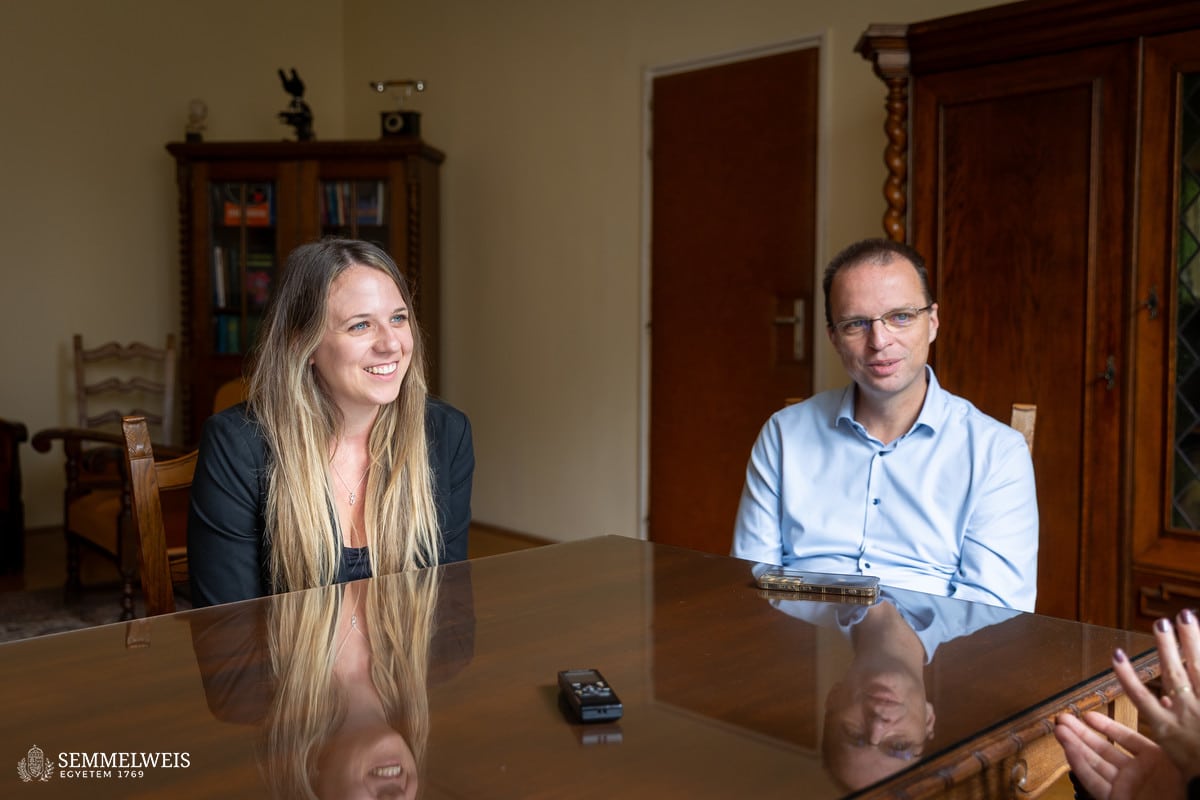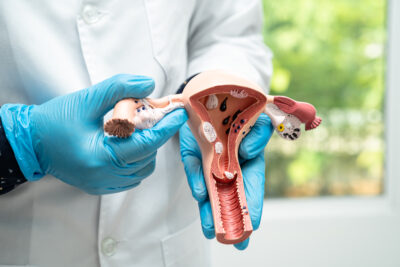 Rheumatoid arthritis (RA) as a research topic came to the attention of Dr. Lilla Gunkl-Tóth at the suggestion of Dr. György Nagy, Professor and Director of the Department of Rheumatology and Immunology. With the involvement of patients from Semmelweis University and – through her other supervisor, Dr. Zsuzsanna Helyes – the University of Pécs, they began to conduct extensive research into the pathomechanism of autoimmune chronic inflammatory diseases, specifically difficult-to-treat rheumatoid arthritis (D2T RA). Dr. György Nagy and his colleagues published a definition of “difficult-to-treat” a few years ago; it refers to the condition of those in whom at least two targeted therapies with different mechanisms of action have proven ineffective, while their disease remains active, and the treatment process itself is fraught with difficulties.
Rheumatoid arthritis (RA) as a research topic came to the attention of Dr. Lilla Gunkl-Tóth at the suggestion of Dr. György Nagy, Professor and Director of the Department of Rheumatology and Immunology. With the involvement of patients from Semmelweis University and – through her other supervisor, Dr. Zsuzsanna Helyes – the University of Pécs, they began to conduct extensive research into the pathomechanism of autoimmune chronic inflammatory diseases, specifically difficult-to-treat rheumatoid arthritis (D2T RA). Dr. György Nagy and his colleagues published a definition of “difficult-to-treat” a few years ago; it refers to the condition of those in whom at least two targeted therapies with different mechanisms of action have proven ineffective, while their disease remains active, and the treatment process itself is fraught with difficulties.
The study involved 30 difficult-to-treat and 20 non-difficult-to-treat RA patients, as well as 30 healthy controls. The tests included a comprehensive clinical assessment, psychological analysis, functional MRI, and transcriptomic (high-throughput analysis of RNA molecules transcribed from the genome in different organs, tissues, cell types, and under different conditions) and metabolomic analyses (analysis of “chemical fingerprints” left behind by specific cellular processes). The research has shown that in patients with difficult-to-treat RA, inflammatory activity, chronic pain, and the associated psychological burden also affect the central nervous system, Dr. Lilla Gunkl-Tóth explained in summary. Exploring the relationship between inflammation, pain, and psychological factors and identifying signal transmission pathways may help in the future development of treatments, the researcher emphasized.
Dr. György Nagy added that this finding could bring about a fundamental change in perspective, as RA has been treated primarily as a joint disease until now. He said that the current results represent a major step forward: The research sought to highlight that the disease also leaves a fingerprint in the brain, which could lead to significant changes in therapy. The director pointed out that the Department of Rheumatology and Immunology already treats RA patients in a unique way: In addition to drug therapy and steroids, non-drug treatment options also play a significant role.
 The study outlining the research and its results is still in progress, but Dr. Lilla Gunkl-Tóth has already presented their work at several conferences. In October, she will deliver a presentation entitled “Multimodal Analysis Revealed Altered Brain Connectivity Patterns and Neuroinflammatory Processes in the Background of Difficult-To-Treat Rheumatoid Arthritis” at the American College of Rheumatology (ACR) Convergence 2025 conference in Chicago. This meeting is one of the most important annual scientific events in the field of rheumatology, where no Hungarian researcher working in this discipline has ever before had the opportunity to present work carried out in Hungary using exclusively domestic resources. Based on the abstract, the organizers have already bestowed the Emerging Investigator Excellence Award on Dr. Lilla Gunkl-Tóth, which she will receive in person at the conference and will be able to display in the form of a digital badge during her presentation.
The study outlining the research and its results is still in progress, but Dr. Lilla Gunkl-Tóth has already presented their work at several conferences. In October, she will deliver a presentation entitled “Multimodal Analysis Revealed Altered Brain Connectivity Patterns and Neuroinflammatory Processes in the Background of Difficult-To-Treat Rheumatoid Arthritis” at the American College of Rheumatology (ACR) Convergence 2025 conference in Chicago. This meeting is one of the most important annual scientific events in the field of rheumatology, where no Hungarian researcher working in this discipline has ever before had the opportunity to present work carried out in Hungary using exclusively domestic resources. Based on the abstract, the organizers have already bestowed the Emerging Investigator Excellence Award on Dr. Lilla Gunkl-Tóth, which she will receive in person at the conference and will be able to display in the form of a digital badge during her presentation.
Dr. Lilla Gunkl-Tóth graduated from Semmelweis University’s Faculty of Medicine (ÁOK) and has been involved in scientific work since her third year, initially as part of the Students’ Scientific Conference (TDK), and already at that time with an interest in immunology. With a Jellinek Harry Scholarship, she spent 10 months at the rheumatology clinic of Heidelberg University, where she decided that she wanted to do both research and clinical work; she also wrote her thesis on a topic related to rheumatology. She is currently pursuing her PhD studies under the mentorship of Dr. György Nagy, with Dr. Zsuzsanna Helyes, Professor at the University of Pécs, as her other supervisor.
Eszter Keresztes
Translation: Dr. Balázs Csizmadia
Photos by Boglárka Zellei – Semmelweis University



